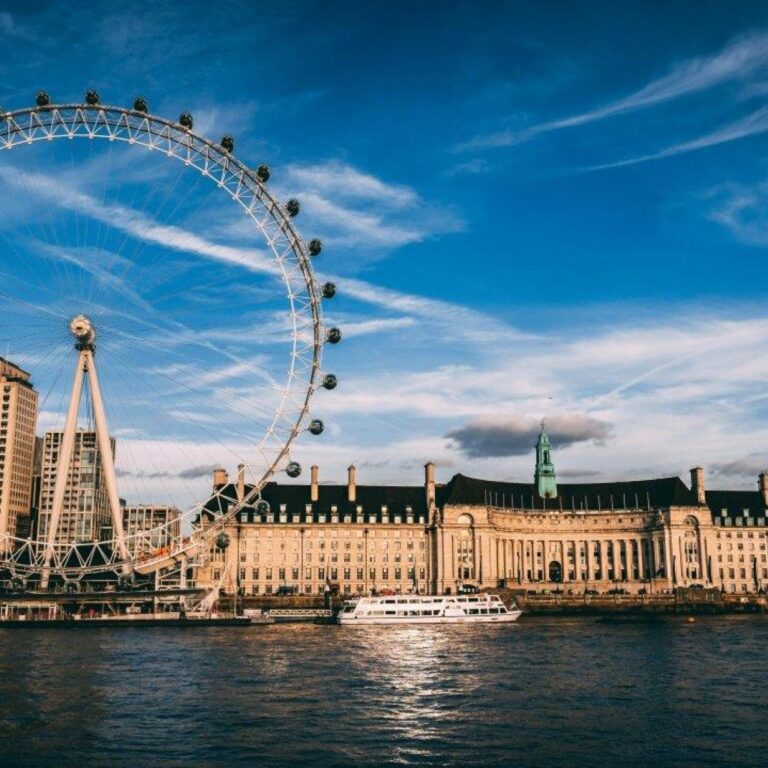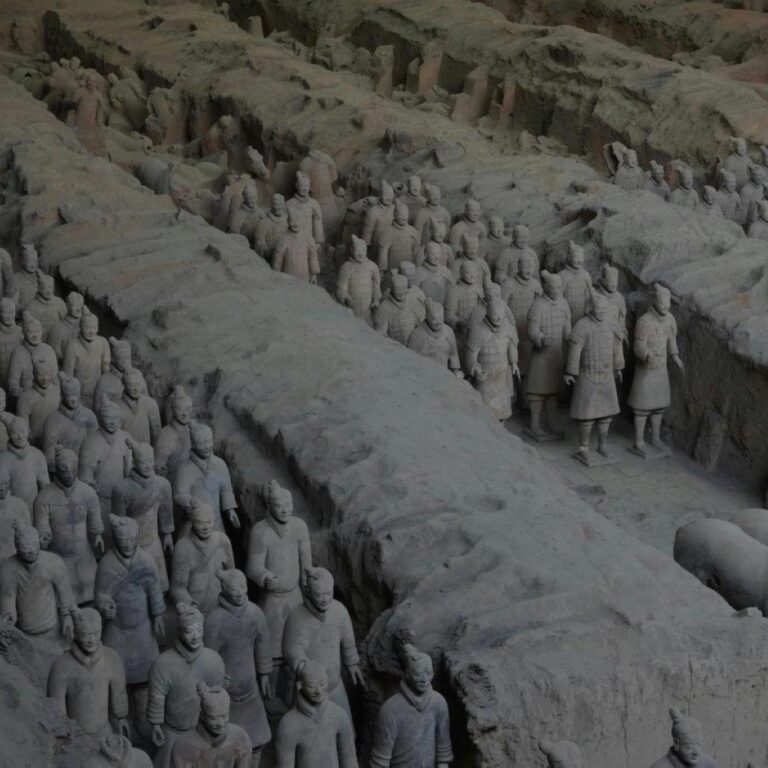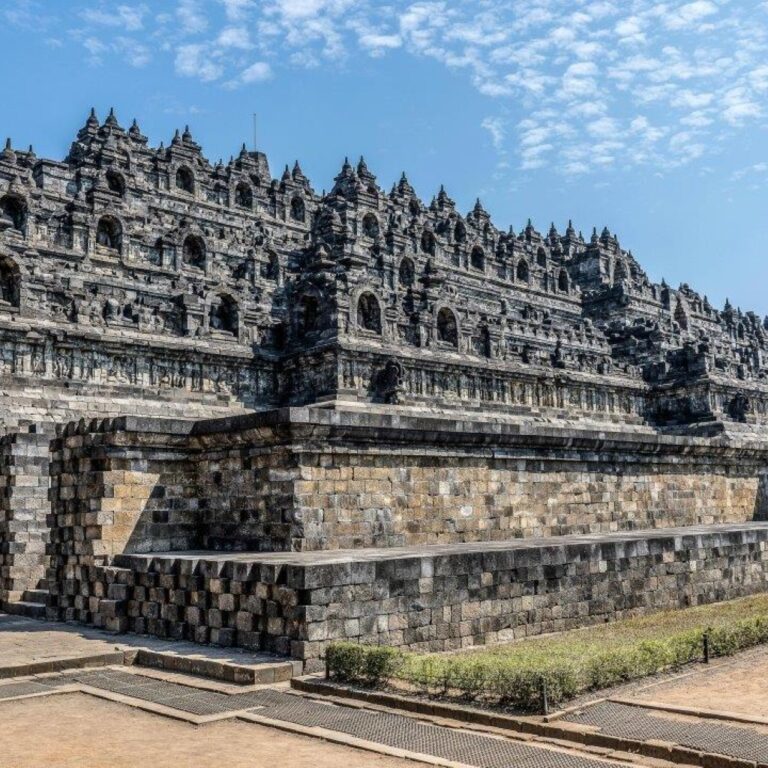The London Eye, also known as the Millennium Wheel, was officially opened to the public on March 9, 2000.
The structure stands at 135 meters (443 feet) tall, making it the tallest Ferris wheel in Europe.
The London Eye was designed by the husband-and-wife team of David Marks and Julia Barfield, along with a team of architects and engineers.
It has 32 sealed and air-conditioned capsules, each representing one of the London boroughs, and can carry up to 800 passengers per revolution.
A complete rotation on the London Eye takes about 30 minutes, offering visitors stunning 360-degree views of the city.
The London Eye was the tallest Ferris wheel in the world when it was constructed, until it was surpassed by the Star of Nanchang in 2006.
Each capsule weighs 10 tons and can accommodate up to 25 people, allowing passengers to move around and enjoy the views from different angles.
It is located on the South Bank of the River Thames, between Westminster Bridge and Hungerford Bridge.
More than 3.75 million people visit the London Eye each year, making it one of the most popular tourist attractions in the UK.
The wheel does not usually stop to take on passengers; it moves slowly enough to allow people to step on and off while it is in motion.
The London Eye was originally intended to be a temporary attraction, but it has since become a permanent fixture in London's skyline.
At night, the London Eye is illuminated in various colors, creating a spectacular sight that enhances the beauty of the London skyline.
It has been featured in numerous films, TV shows, and music videos, making it an iconic symbol of London in popular culture.
The capsules are equipped with interactive touch screens that provide information about the landmarks visible from the Eye.
The London Eye offers special experiences, such as private capsules for romantic occasions, wine tasting, and seasonal events like the New Year's Eve fireworks.
How useful was this post?
Click on a star to rate it!



